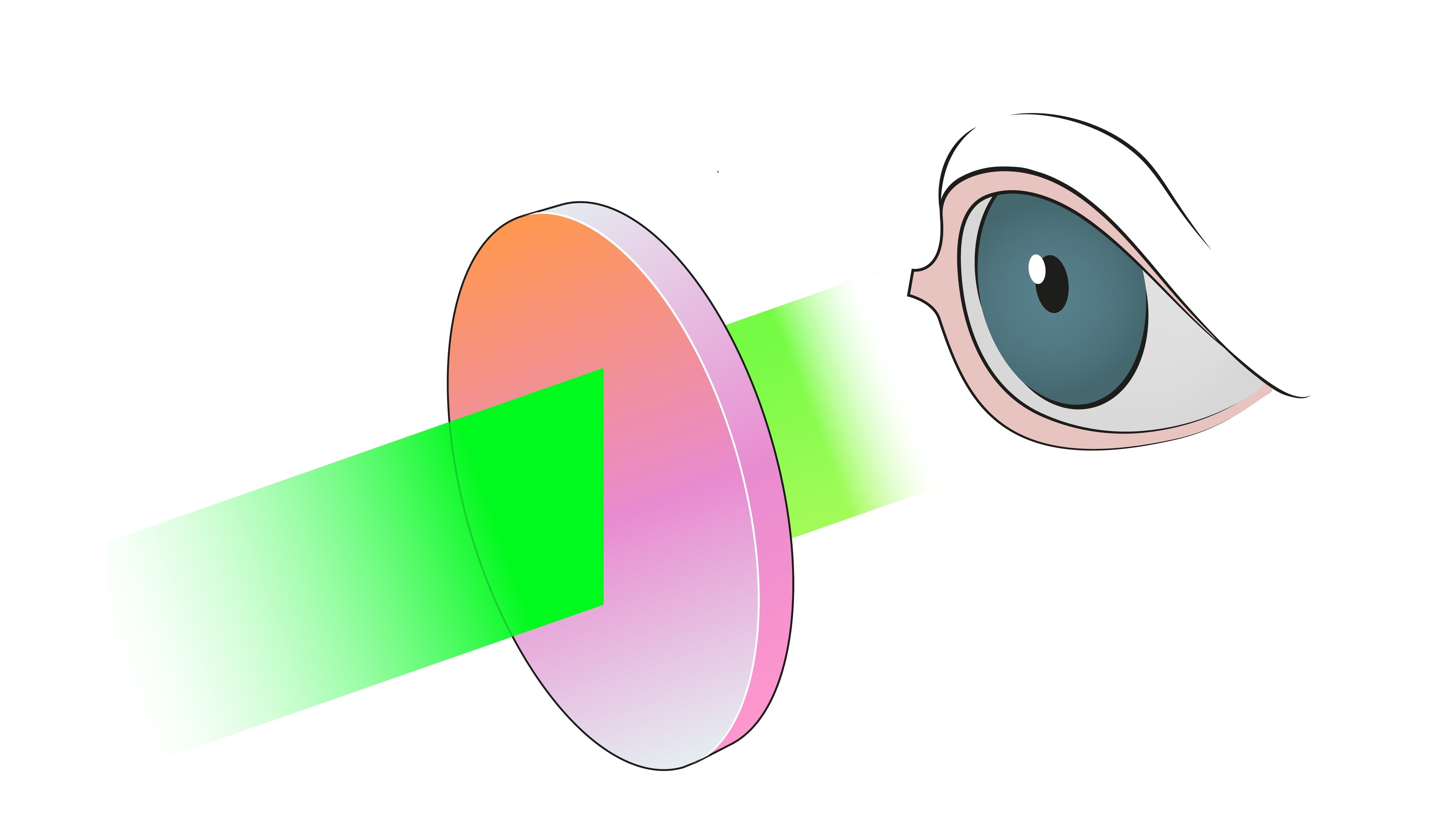Lasers are categorized based on their potential hazards. The classification ranges from Class 1 to Class 4 (highly hazardous). The Laser Institute of America (the secretariat of the ANSI Z136 standards) provides laser classifications here.
Key features of Class 4 lasers include:
- High Power Output: Class 4 lasers have output powers above certain thresholds, depending on the laser's wavelength.
- Hazardous to Eyes and Skin: Class 4 lasers can cause severe eye injuries, including permanent blindness, if laser beams are viewed without appropriate laser safety eyewear.
- Fire Hazard: Class 4 lasers can ignite flammable materials, posing a fire hazard if not used and handled properly.
- Safety Precautions: When working with Class 4 lasers, strict safety precautions must be followed to protect operators, bystanders, and the environment. Special laser safety eyewear and protective barriers are essential to prevent accidental exposure to the laser beam.
Below we discuss some general laser safety concepts of how to work with class 4 lasers.
Protect your eyes or skin from lasers with three categories of laser safety controls: engineering controls, administrative controls, and personal protective equipment (PPE). Below each category of control is discussed briefly.
This article is merely an aid to demonstrate that laser safety glasses and other PPE is only part of the safety equation. Engineering and administrative controls are an integral part of proper laser safety; we simply list a few examples in each bucket to demonstrate the nature of the category.
Always enclose laser equipment or beam path when possible. Always use laser safety glasses or goggles with Class 3B or Class 4 laser systems. Laser safety eyewear can have major limitations for high-powered class 4 laser systems and may not reduce or eliminate hazard caused by incident laser radiation.
Engineering Laser Safety Controls
|
Engineering Controls - The most important control when dealing with lasers. A few examples (but certainly not an exhaustive list) are enclosing the laser and its beam path when possible; controlling the entryway and access to where the laser is housed; utilizing laser windows and screens when appropriate. |
Administrative Laser Safety Controls
|
Administrative Controls – Examples of this class of controls include appropriate training for personnel; having standard operating procedures; having alignment procedures. |
Laser Safety
|
Personal Protective Equipment (PPE) - Although important, PPE is used to provide laser safety protection when other controls are not practical. Laser safety glasses and goggles are always to be used with Class 3B or Class 4 laser systems. |
Understanding MPE and Laser Exposure Limits
Watch this short video to better understand Maximum Permissible Exposure (MPE), how it determines required Optical Density (OD), and why viewing conditions and exposure times matter.
Depicted below are three different manners of laser viewing: direct, specular, and diffused viewing. Intentional direct viewing—or any type of direct viewing—is not safe. Other laser safety controls are often designed to prevent direct viewing of lasers under any circumstances. All three types of viewing can cause permanent biological harm and diffused reflection can still cause fires.

With direct or intrabream viewing, skin or eye is directly exposed to all or part of the laser. An incidental direct viewing has an assumed time exposure of 0.25s— the reflex time for the eye if hit with visible lasers. NEVER look directly at a laser.
All laser safety PPE is for unintentional direct and diffused viewing only. Proper laser safety is to never look directly at a laser beam; if you are hit with any laser in the eye, look away immediately.
Specular viewing—which can be intrabeam/direct— comes from reflections off of smooth or mirrored surfaces, such as stainless-steel work surfaces, watch faces or jewelry. Specular viewing can be as dangerous as direct or intrabeam viewing.
Diffused viewing—or reflection— is the reflection of rough surfaces, such as a wooden table. This is typically the least dangerous type of viewing; however, it should be noted that for Class 4 lasers, diffused reflection can still cause fires. Do NOT get this close to a laser or its reflection from any surface (even with proper PPE). Diffused viewing can cause permanent biological harm.





